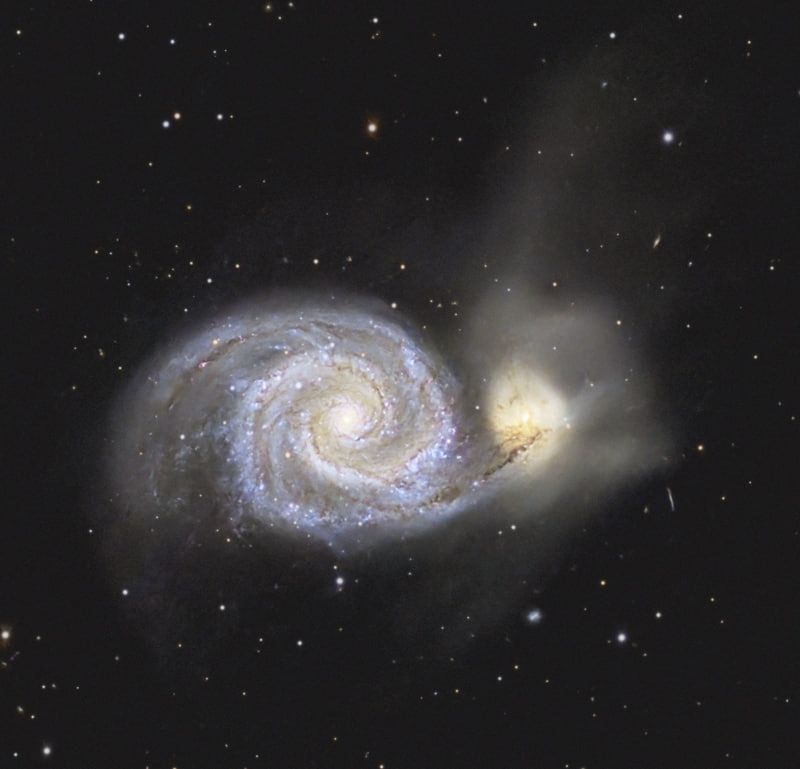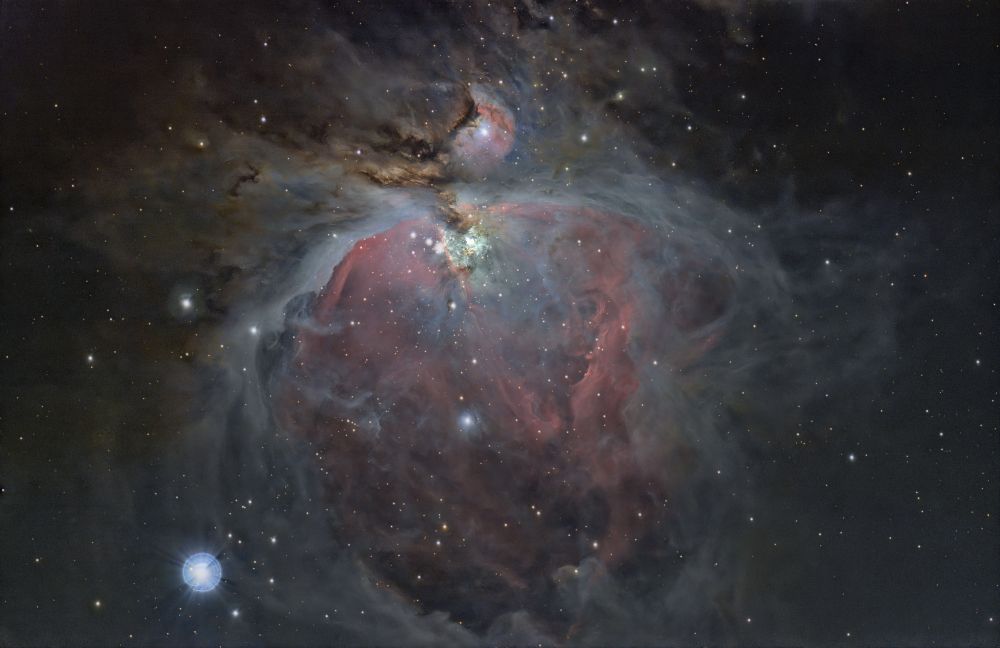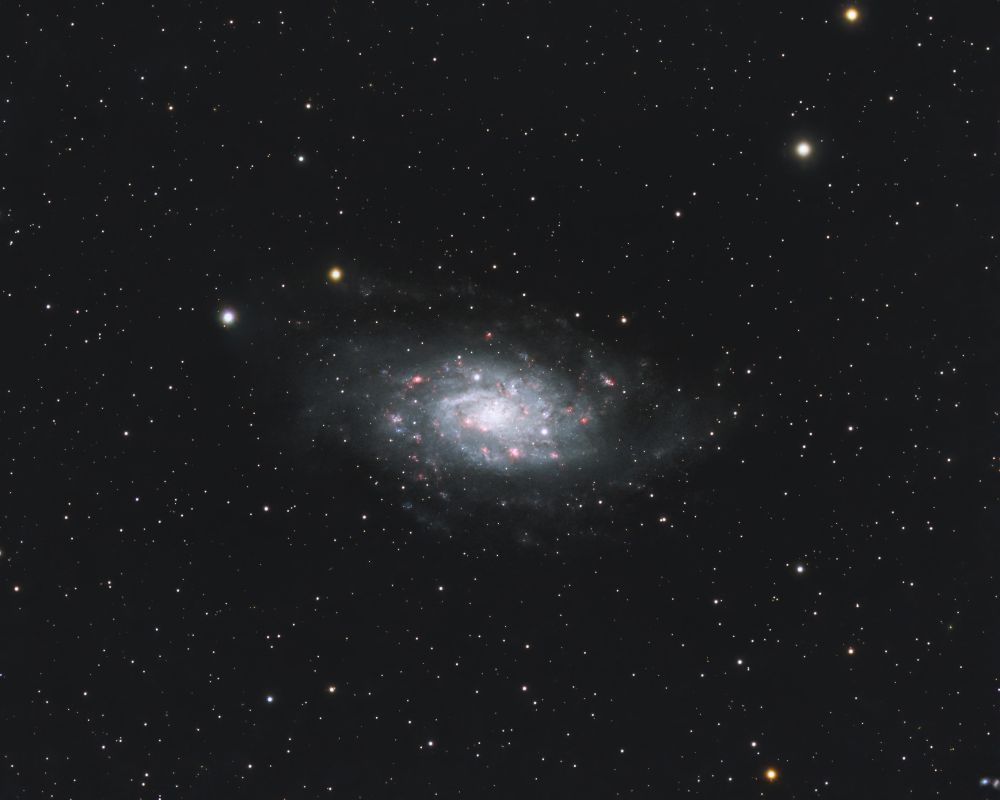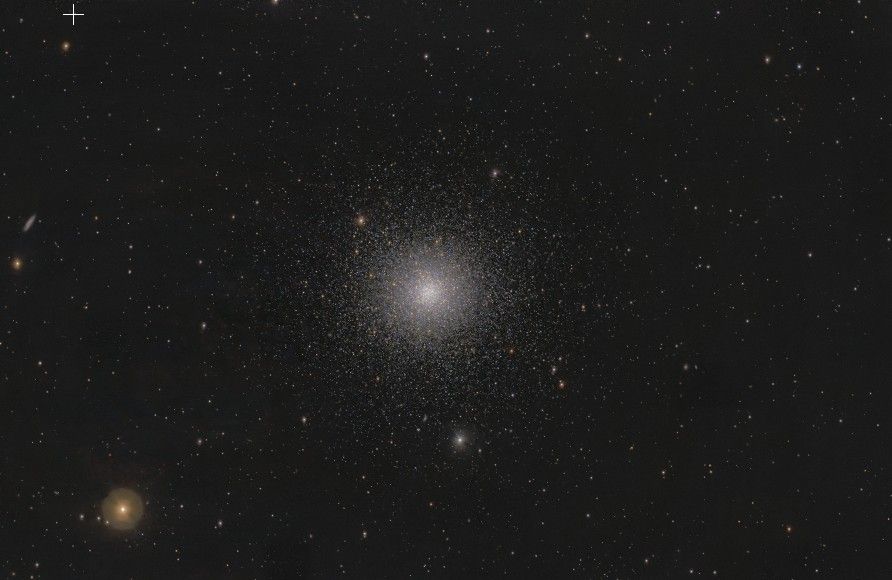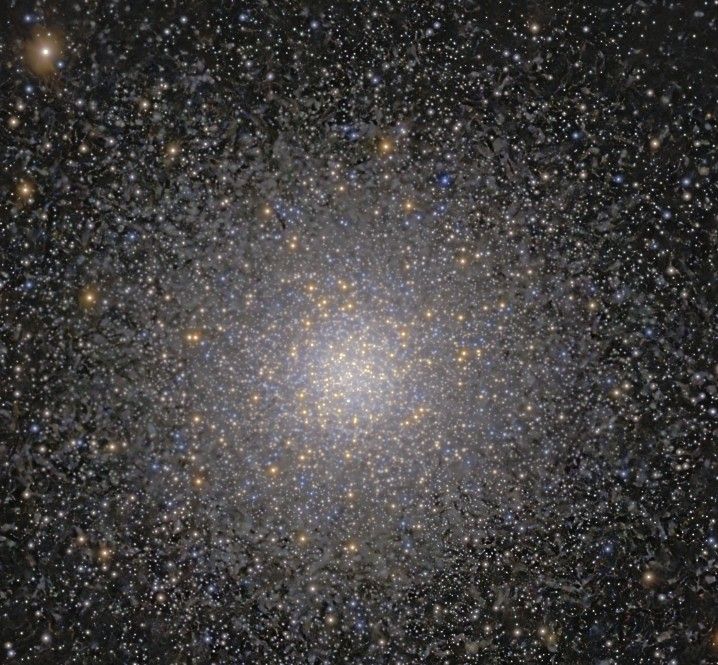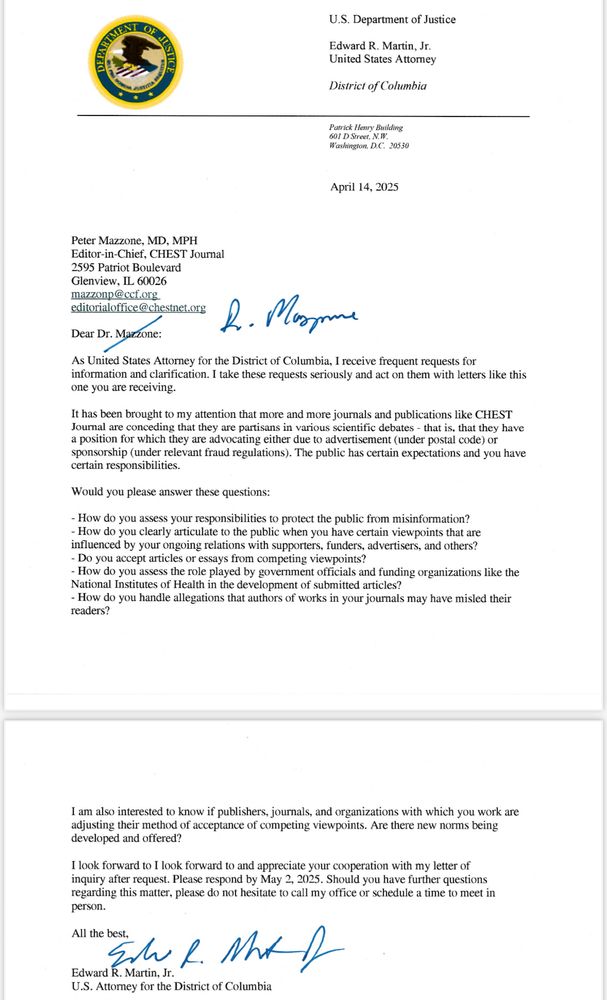

www.youtube.com/live/BqmpkUd...

www.youtube.com/live/BqmpkUd...
Albert Einstein introduced special relativity in the paper "On The Electrodynamics Of Moving Bodies," published in Annalen der Physik #OTD in 1905. 🧪 ⚛️ 🔭
Manuscript: onlinelibrary.wiley.com/doi/abs/10.1...
English: www.fourmilab.ch/etexts/einst...


Albert Einstein introduced special relativity in the paper "On The Electrodynamics Of Moving Bodies," published in Annalen der Physik #OTD in 1905. 🧪 ⚛️ 🔭
Manuscript: onlinelibrary.wiley.com/doi/abs/10.1...
English: www.fourmilab.ch/etexts/einst...









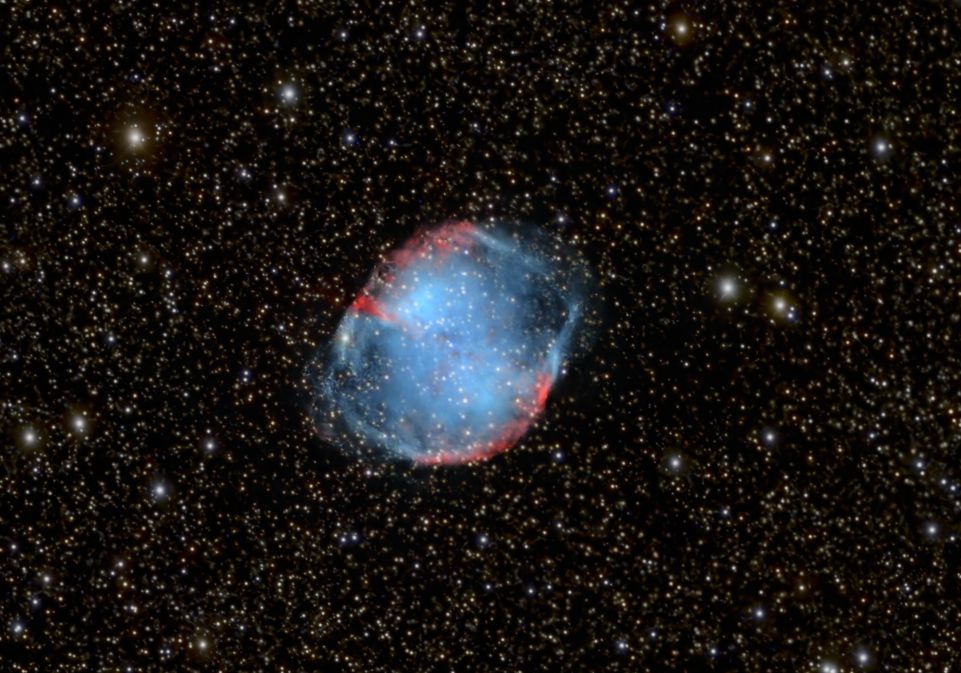


Canceled are DAVINCI, VERITAS, Juno, OSIRIS-APEX, US participation in ExoMars and EnVision…
Huge cut to R&A. No funding to begin development of the Uranus Orbiter.
If you’ve ever cared about NASA, time to contact congress.
Canceled are DAVINCI, VERITAS, Juno, OSIRIS-APEX, US participation in ExoMars and EnVision…
Huge cut to R&A. No funding to begin development of the Uranus Orbiter.
If you’ve ever cared about NASA, time to contact congress.
☄️⚛️🧪🔭
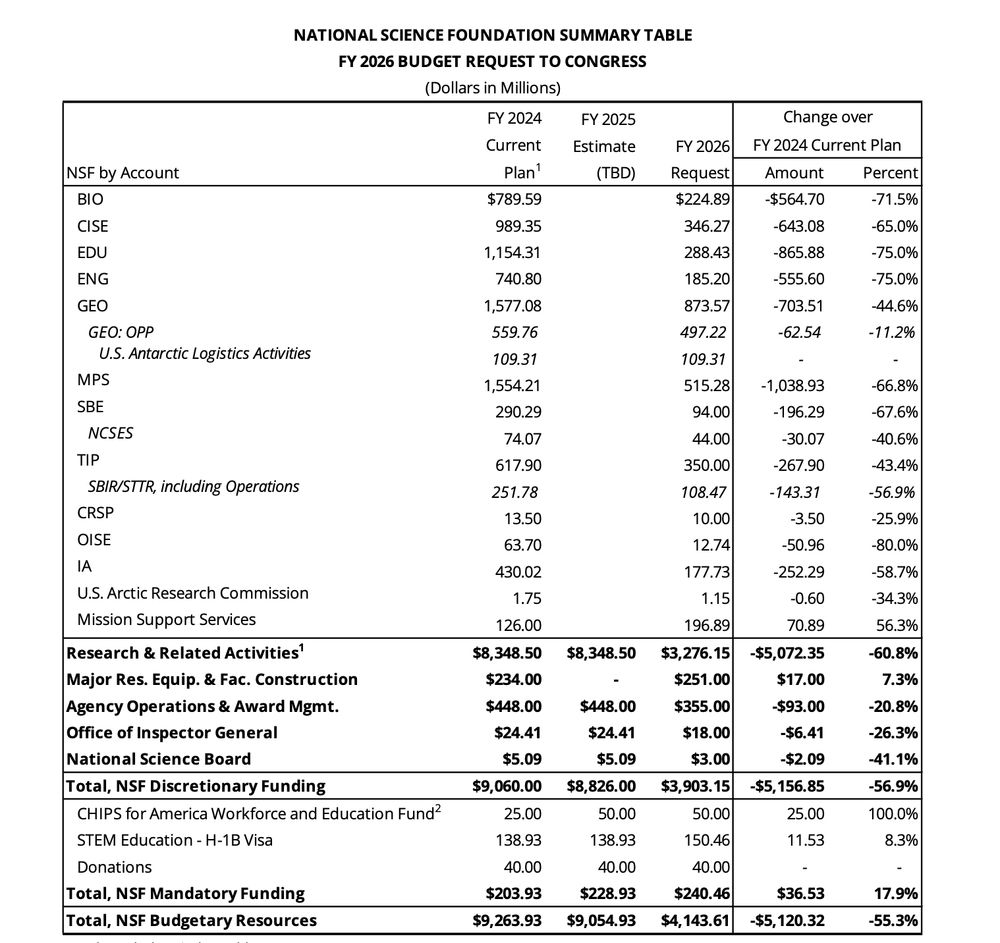
☄️⚛️🧪🔭
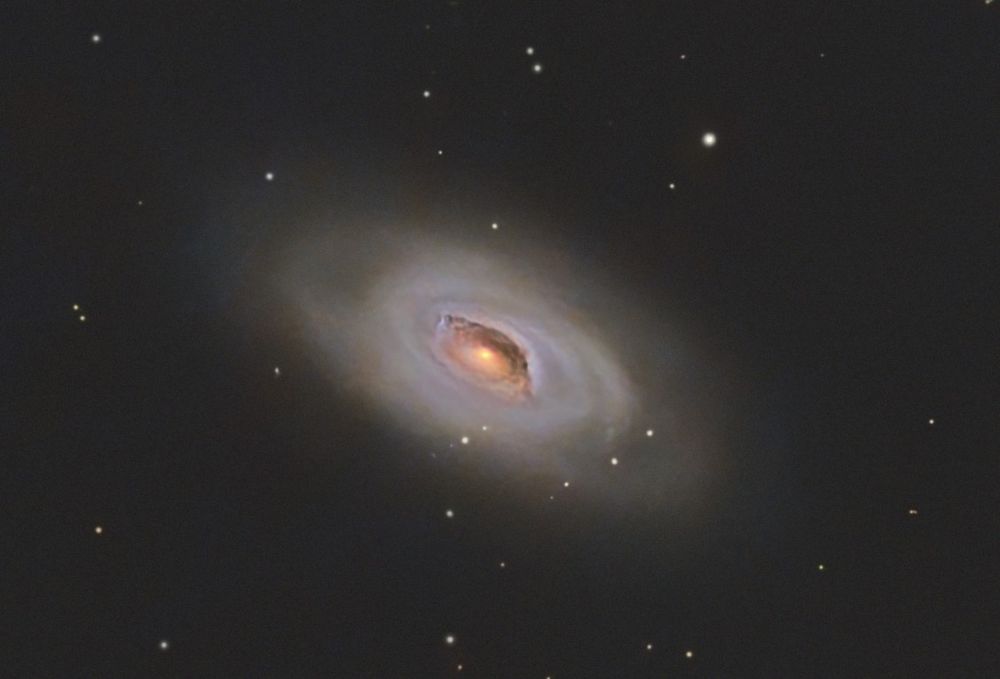
Abgesehen davon, dass sie sehr bunt sind, widerlegen sie nämlich einige weit verbreitete Vorurteile zum Stand der #Energiewende in Deutschland...
1/12
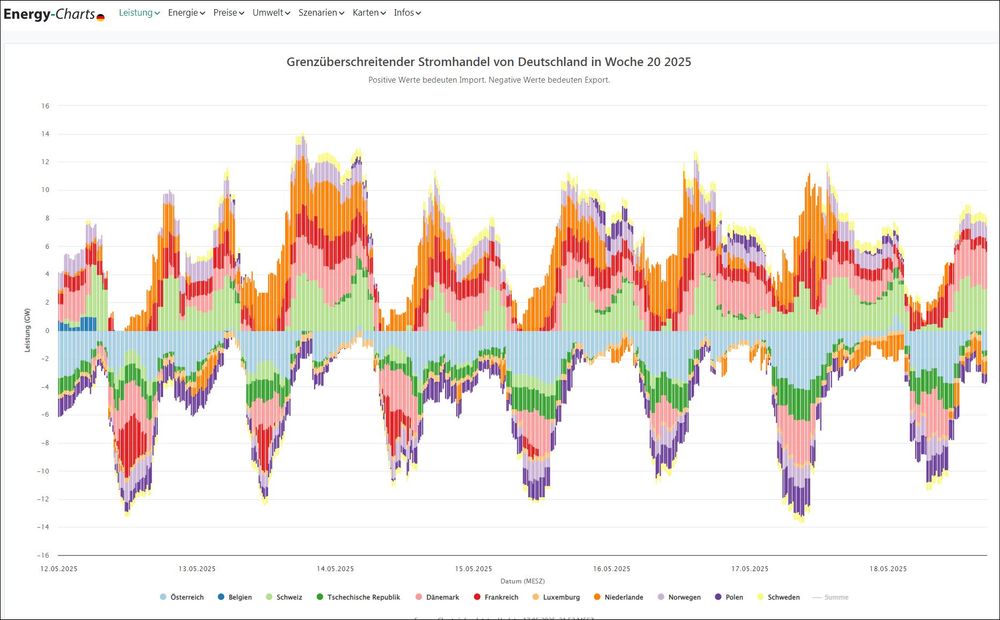
Abgesehen davon, dass sie sehr bunt sind, widerlegen sie nämlich einige weit verbreitete Vorurteile zum Stand der #Energiewende in Deutschland...
1/12
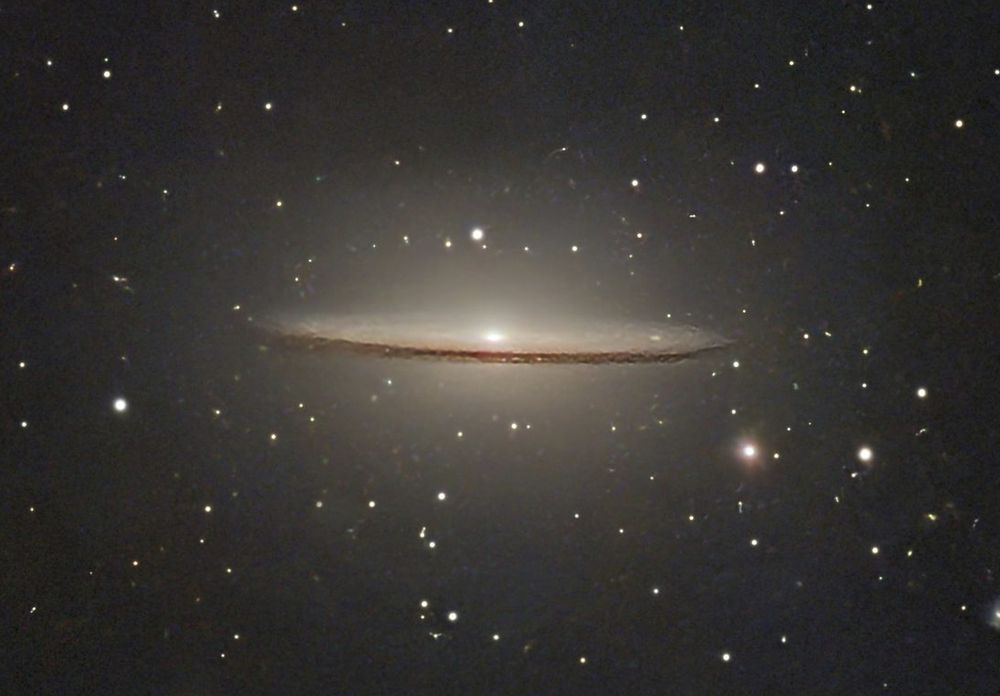
Galaxy Wars: M81 versus M82
Image Credit:
Collaborative Astrophotography Team (CAT)
Web page: https://apod.nasa.gov/apod/ap250507.html
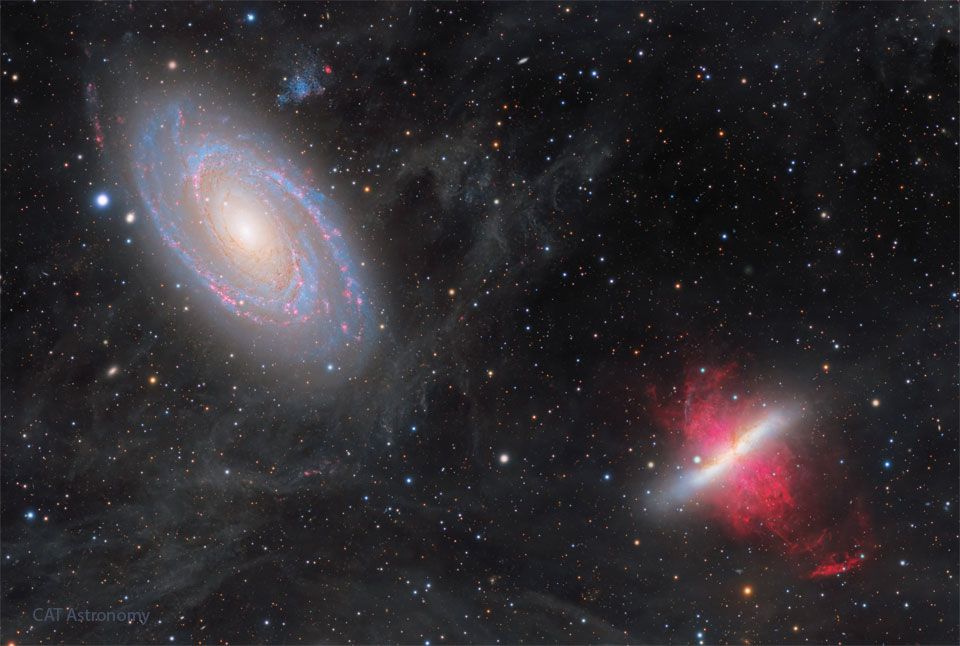
Galaxy Wars: M81 versus M82
Image Credit:
Collaborative Astrophotography Team (CAT)
Web page: https://apod.nasa.gov/apod/ap250507.html

